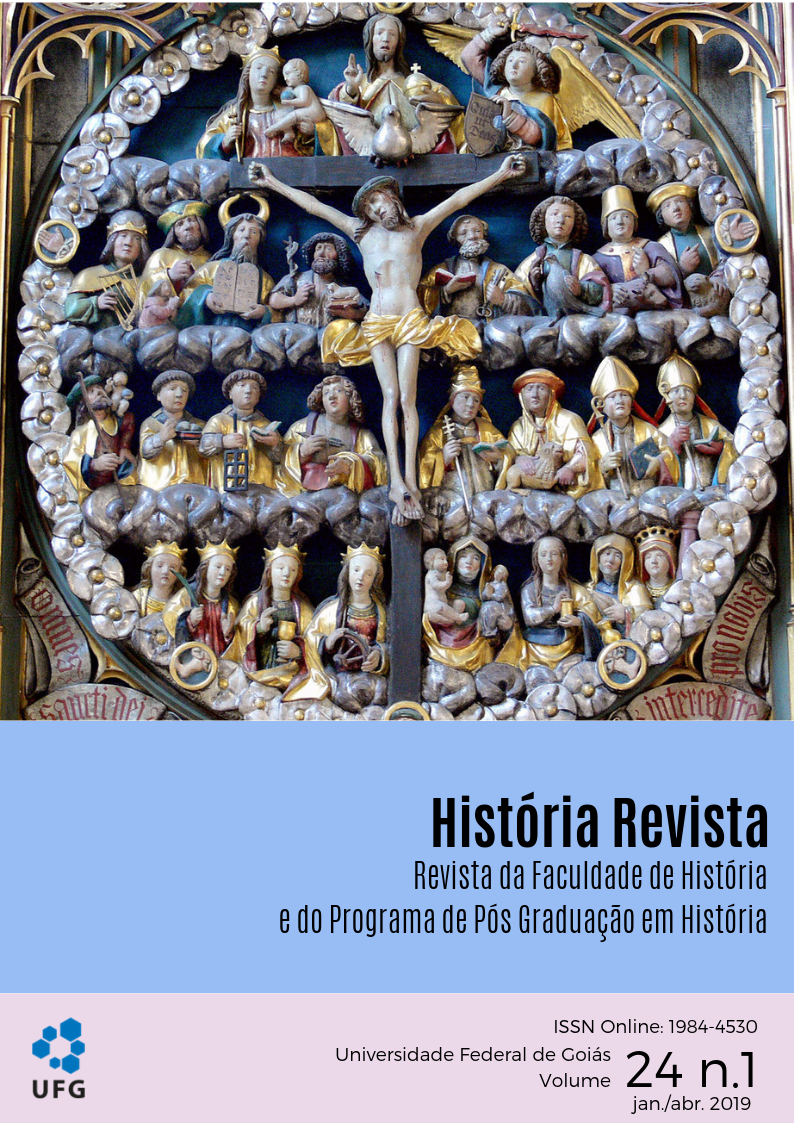Los dos Alfonsos
reyes, obispos y el arca santa de las reliquias de San Salvador de Oviedo
DOI:
https://doi.org/10.5216/hr.v24i1.57724Abstract
Between the end of the 11th century and the beginning of the 12th century, a pilgrimage center was organized in the cathedral of Oviedo, around the relics contained in the so-called Arca Santa. The history of its origin, composition and worship depends mainly on the literary corpus composed by Pelayo of Oviedo in the first third of the 12th century. In the version of Pelayo, the ark arrived from Jerusalem, after several vicissitudes, to Asturias, at the moment when Prince Pelayo rebelled against the Muslims. The ark was housed in tents until Alfonso II, like a new Solomon, built the so-called Holy Chamber to house it. This version replaced another, older and simpler, in which King Alfonso II was the main actor in the beginning of the cult of the relics of the Arca Santa. This article attempts to explain how the reliquary, which initially was the emblem of royal power, ended up symbolizing diocesan power.
Downloads
Downloads
Published
How to Cite
Issue
Section
License
Declaração de Direito Autoral
Concedo à História Revista o direito de primeira publicação da versão revisada do meu artigo, licenciado sob a Licença Creative Commons Attribution, que permite o compartilhamento do trabalho com reconhecimento da autoria e publicação inicial nesta revista.
Afirmo ainda que meu artigo não está sendo submetido a outra publicação e não foi publicado na íntegra em outro periódico, assumindo total responsabilidade por sua originalidade, podendo incidir sobre mim eventuais encargos decorrentes de reivindicação, por parte de terceiros, em relação à autoria do mesmo.



